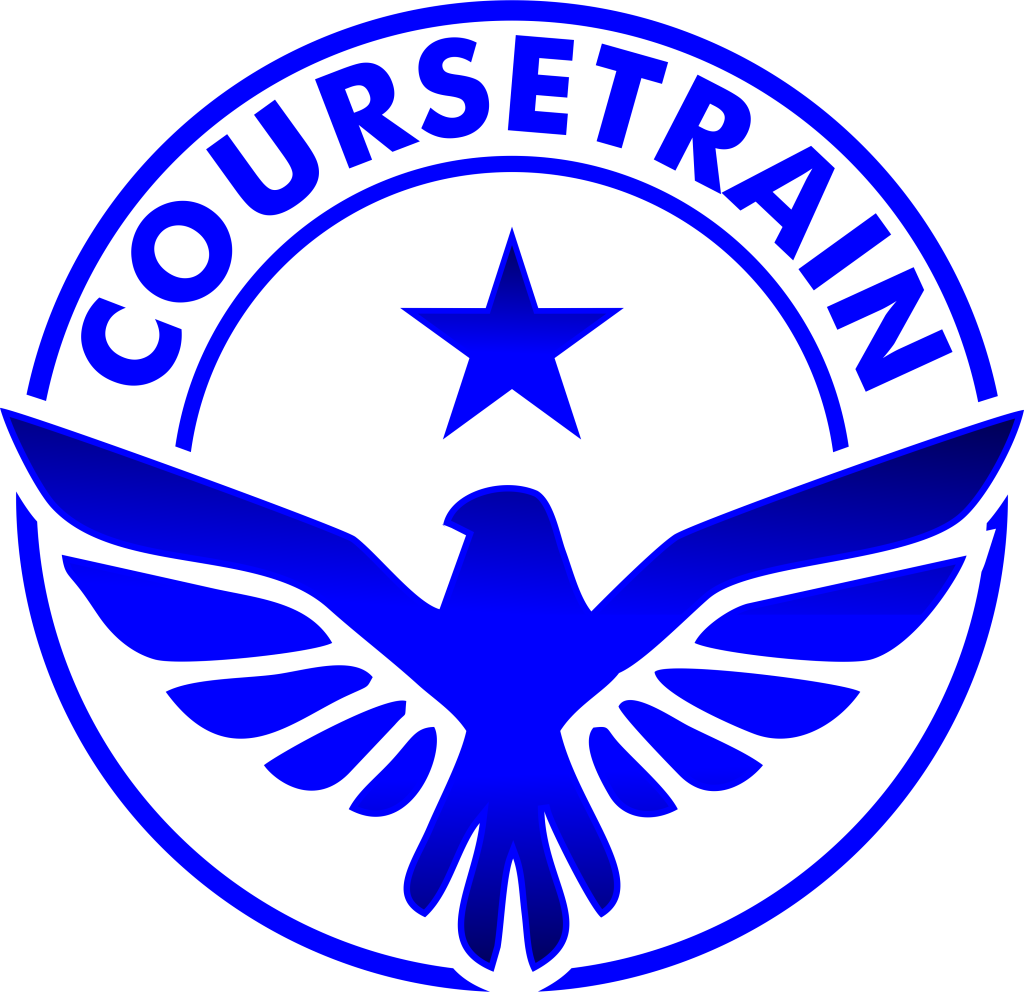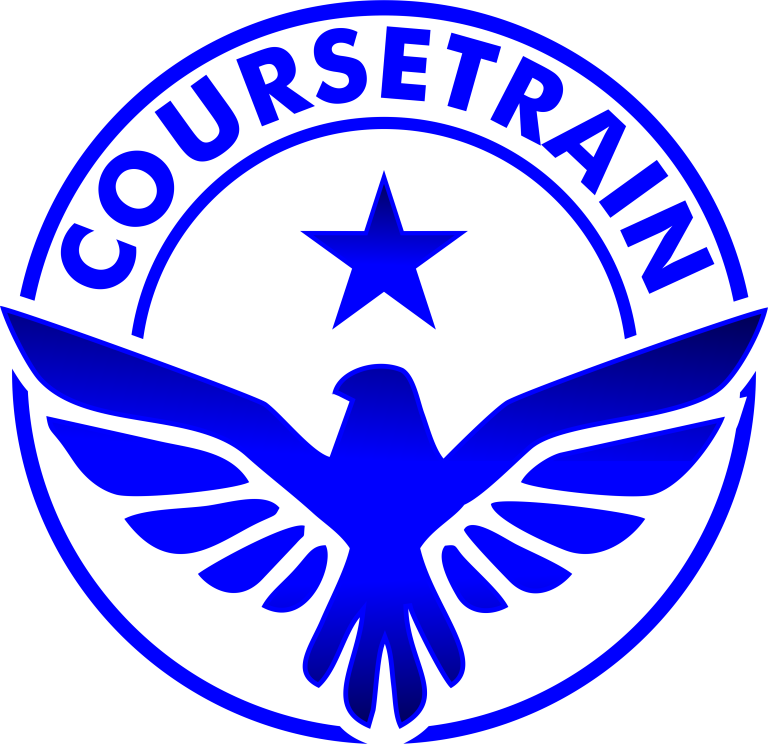Log In

About Course
Description: The “Risk Identification and Assessment” course provides an in-depth exploration of techniques and tools used to identify and evaluate risks within an organization. As part of the Chartered Operational Risk Manager program, this course is designed to equip professionals with the skills needed to systematically identify potential risks, assess their impact, and determine appropriate responses. By employing various risk identification techniques, key risk indicators, and assessment tools, participants will learn how to build a comprehensive understanding of the risks facing their organizations and make informed decisions to mitigate them.
Topics Covered:
- Risk Identification Techniques
- Risk Registers: Learn how to develop and maintain risk registers to systematically document and track identified risks. Understand the components of an effective risk register and its role in risk management.
- Risk Workshops: Explore the use of risk workshops to collaboratively identify and analyze risks with stakeholders. Gain insights into structuring and facilitating effective risk workshops.
- Process Mapping: Discover how process mapping can help identify risks within organizational processes by visualizing and analyzing workflows and potential points of failure.
- Key Risk Indicators (KRIs)
- Understand the concept of Key Risk Indicators (KRIs) and their importance in monitoring and managing risks. Learn how to select, define, and implement KRIs to provide early warning signals of potential risk events.
- Risk Assessment Tools and Techniques
- Qualitative vs. Quantitative Risk Assessment: Compare and contrast qualitative and quantitative risk assessment methods. Learn the advantages and limitations of each approach and how to apply them in different scenarios.
- Risk Matrix: Gain proficiency in using risk matrices to evaluate and prioritize risks based on their likelihood and impact. Learn how to create and interpret risk matrices to support risk prioritization and decision-making.
- Risk Appetite and Tolerance Levels
- Explore the concepts of risk appetite and risk tolerance and their role in risk management. Learn how to define and align risk appetite and tolerance levels with organizational objectives and strategies.
This course provides practical insights and hands-on experience with risk identification and assessment techniques, enabling participants to effectively manage risks within their organizations and contribute to a robust risk management framework.
Course Content
Risk Identification Techniques
-
Risk Register
-
Risk workshops
-
Process Mapping
00:00
Key Risk Indicators (KRIs)
Risk Assessment Tools and Techniques
Risk Appetite and Tolerance Levels
Practical Exams
Student Ratings & Reviews

No Review Yet


